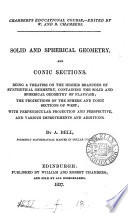 | A. Bell - Conic sections - 1837 - 180 pages
...Def. 7)i and therefore the angles AFG, AEG, are also equal. The triangles AGE, AGF, have therefore two angles of the one equal to two angles of the other, and they have also the side AG common ; wherefore they are equal, and the side AF is equal to the side... | |
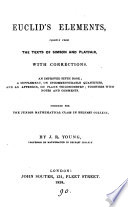 | Euclides - 1838 - 264 pages
...ij greater than the angle EDF. Wherefore, if two triangles, &c. Q. t, n. PROP. XXVI. THEOR. °V'.' If two triangles have two angles of the one equal to two angles of the other, each to each ; and one side equal to one side, vis. either the sides adjacent to the equal angles, or the sides opposite... | |
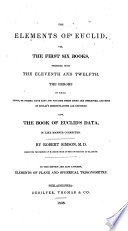 | Robert Simson - Geometry - 1838 - 434 pages
...bisected by BD, and that the right angle BED is equal to the right angle BFD, the two triangles EBD, FBD have two angles of the one equal to two angles of the other, and the side BD, which is opposite to one of the equal angles in each is common to both ; therefore... | |
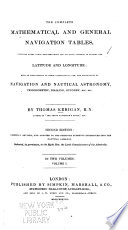 | Thomas Kerigan - Nautical astronomy - 1838 - 804 pages
...the angle BCD, by the aforesaid proposition. And because the two triangles ADF and BCF have, thus, two angles of the one equal to two angles of the other, viz., the angle FAD to the angle FB C, and the angle AD F to the angle BCF; and the side AF of the... | |
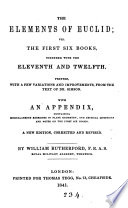 | Euclides - Geometry - 1841 - 378 pages
...the angle BAC is greater than the angle EDF. Wherefore, if two triangles, &c. UED PROP. XXVI. THEOR. If two triangles have two angles of the one equal to two angles of the other, each to each; and one side equal to one side, viz. either the sides adjacent to the equal angles, or the sides opposite... | |
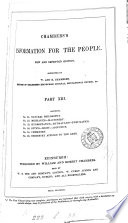 | Chambers W. and R., ltd - 1842 - 744 pages
...proposition gives still further information on this useful subject. It shows that if two triangle* have two angles of the one equal to two angles of the other, each to each, and one side equal to one aide, namely, either the sides adjacent to the equal angles, or the sides opposite... | |
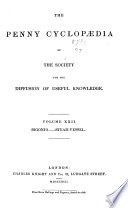 | Encyclopedias and dictionaries - 1842 - 526 pages
...course) alone are enough to determine its form : or, as Euclid would express it, two triangles which have two angles of the one equal to two angles of the other, each to each, have the third angles equal, and all the sides of one in the same proportion to the corresponding sides... | |
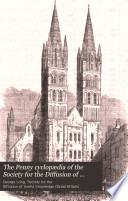 | Encyclopedias and dictionaries - 1842 - 538 pages
...course) alone are • enough to determine its form : or, as Euclid would express it, two triangles which have two angles of the one equal to two angles of the other, each to each, have the third angles equal, and all the sides of one in the same proportion to • the corresponding... | |
 | 1842 - 524 pages
...course) alone are enough to determine its form : or, as Euclid would express it, two triangles which have two angles of the one equal to two angles of the other, each to each, have the third angles equal, and all the sides of one in the same proportion to the corresponding sides... | |
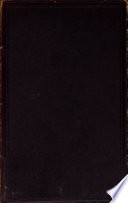 | Euclides - 1842 - 316 pages
...bisected by BD, and that the right angle BED is equal to the right angle BFD, the two triangles EBD, FBD have two angles of the one equal to two angles of the other, and the side BD, which is opposite to one of the equal angles in each, is common to both ; therefore... | |
| |